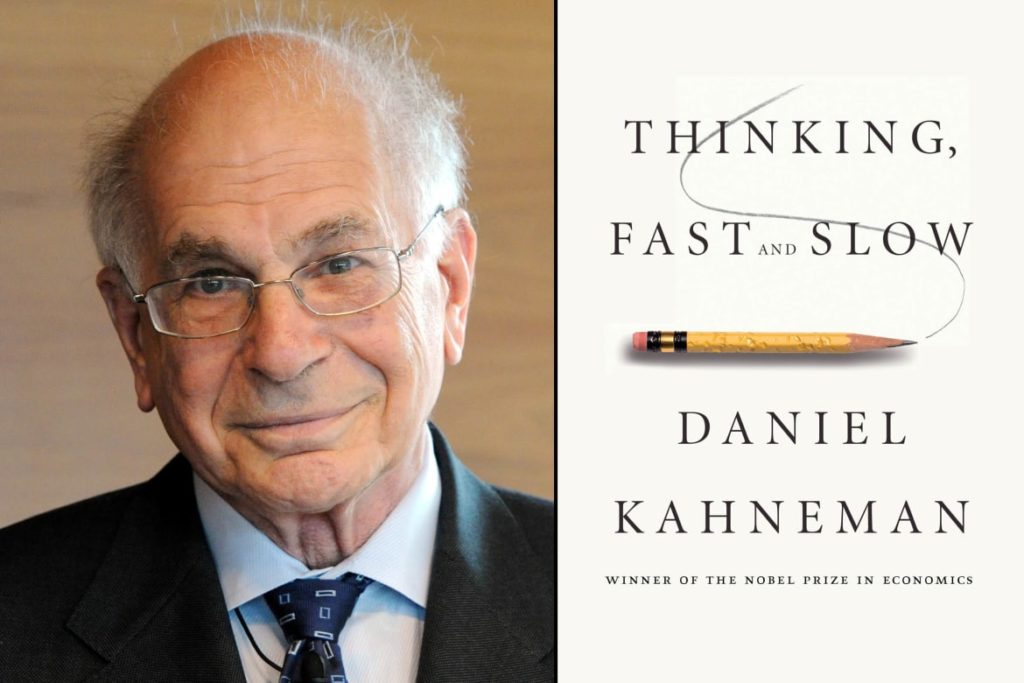The one good way to change behavior.
 There’s one good way to change behavior. But don’t take my word for it, take Daniel Kahneman’s, psychologist who was awarded the Nobel Prize in Economic Sciences. In Freakonomics Radio’s podcast How to Launch a Behavioral Change Revolution, Kahneman explains how to achieve change in behavior. His explanation is short [30:35 – 35:21] and good.
There’s one good way to change behavior. But don’t take my word for it, take Daniel Kahneman’s, psychologist who was awarded the Nobel Prize in Economic Sciences. In Freakonomics Radio’s podcast How to Launch a Behavioral Change Revolution, Kahneman explains how to achieve change in behavior. His explanation is short [30:35 – 35:21] and good.
Kahneman describes a theory of Kurt Lewin, his academic grandfather, where behavior is an equilibrium, a balance between driving forces that push for change and restraining forces that hold back change. Kahneman goes on to describe Lewin’s insight. “Lewin’s insight was that if you want to achieve change in behavior, there is one good way to do it and one bad way. The good way is by diminishing restraining forces, not by increasing the driving forces. That turns out to be profoundly non-intuitive.”
Usually, when we want someone to change, we push them in the direction we want them to go. Kahneman says this approach is natural, but ineffective. He offers a different approach – “Instead of asking how can I get him or her to do it, it starts with a question of why isn’t she doing it already? Go one-by-one, systematically, and you ask ‘What can I do to make it easier for that person to move?’”
What would happen if instead of pushing someone to change, you understand what’s in the way and eliminated the restraining force? I don’t know, but I’m going to give it a try.
Kahneman goes on to describe how to make things easier for a person to move. He says “…the way to make things easier is almost always by controlling the individual’s environment…by just making it easier.” Sounds pretty simple – change people’s environment to make it easier for them to move toward the desired behavior. But, we don’t do it that way.
Kahneman gives more detail. “Are there incentives that work against it? Let’s change the incentives.” And then he gives a simple example. “I want to influence B, but there is A in the background and it’s A who is a restraining force on B, let’s work on A, not on B.”
I urge you to listen to the short segment to hear Kahneman’s words for yourself. His ideas really hit home when you hear them from him.
 Mike Shipulski
Mike Shipulski
[…] you want things to change, don’t try to change people. Move things out of the way so they can make it […]